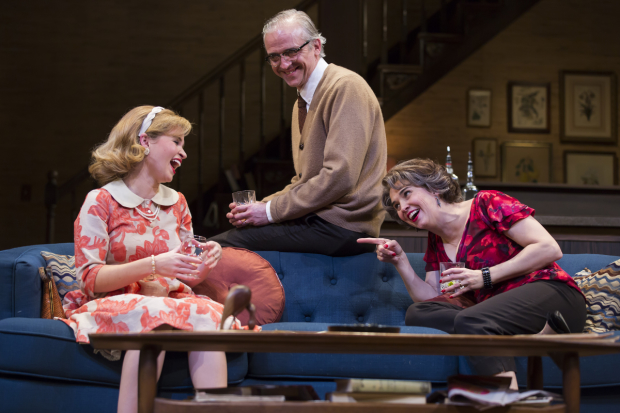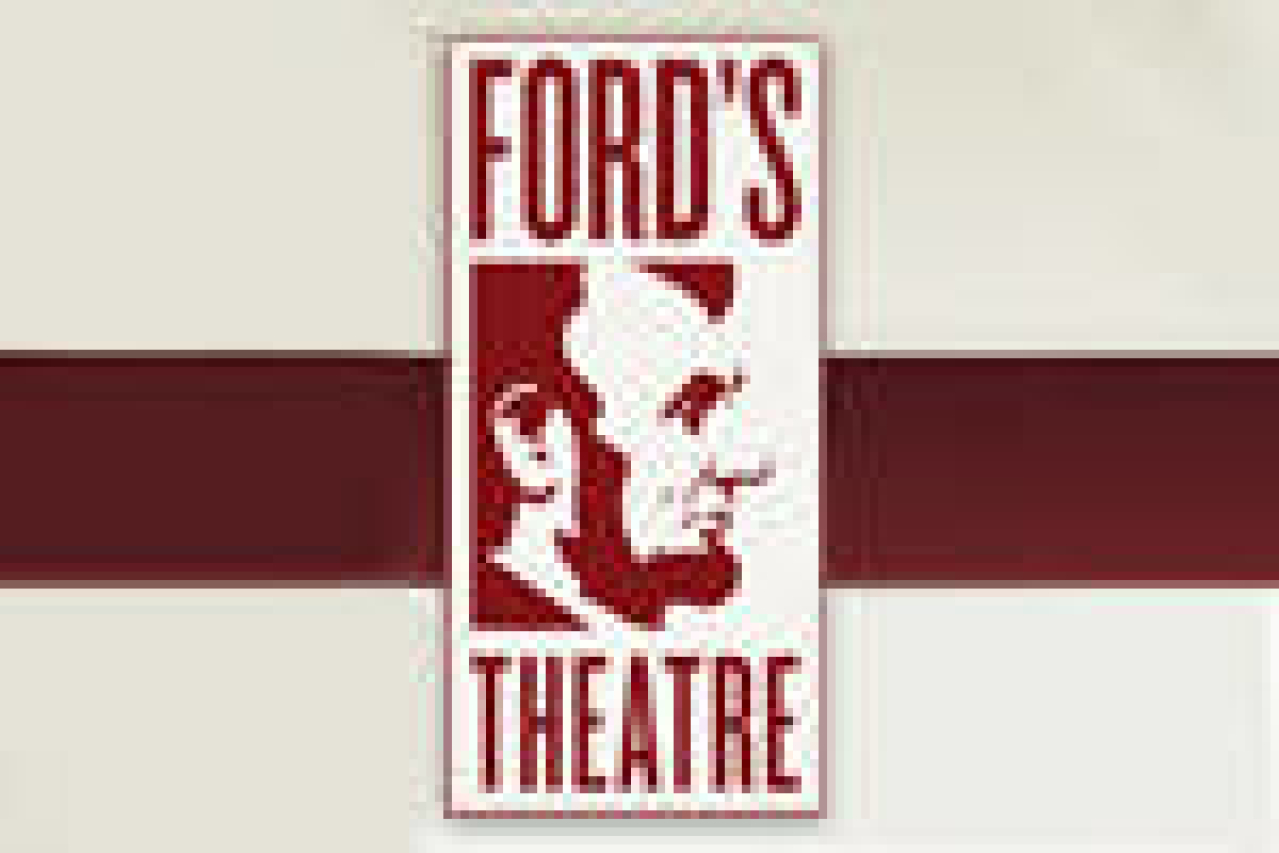Who's Afraid of Virginia Woolf?

(© Scott Suchman)
Throughout his career, Edward Albee insisted that the American dream was not dying, but that it was long dead, if only we would realize it. The play in which he most clearly demonstrated this belief was Who’s Afraid of Virginia Woolf?, which opened on Broadway in 1962. Unfortunately, Albee died last November and won't be able to see the masterful production that is currently running at Ford's Theatre.
The play takes place in the early 1960s. George and Martha live in a small New England college town. Martha is the daughter of the college president. George teaches in the history department. At an introductory party at her father's house, Martha has invited a younger couple, Nick and Honey, to come to her home afterward for a nightcap. What seems like an innocent evening turns into a battlefield.
Martha and George have been storing up barbs through their more than 20 years of unhappy marriage, playing mind games with each other in order to keep up the fantasy that their marriage still functions. At their four-person after-party, the much older Martha tries to seduce Nick, George doesn't trust his wife with Nick, and Honey is overcome by alcohol and nervousness. Fueled by too much booze, buried dreams, and frustrated ambitions, the party descends into a maelstrom of insults, accusations, and fears.
One of the primary themes of the play is reality and illusion, and it soon becomes apparent that George and Martha long ago lost the ability to tell the difference or to even care if reality exists. In their mutual disclosures to their guests about their various fantasies — of George running the history department and eventually the college, for instance — George and Martha reveal why they are so tortured by the way things are and how their sober reality never quite measures up.
Holly Twyford is brilliant as Martha. Twyford lets her contempt for George leak through with every snarled, cutting comment. George's disrespect for Martha is of a different order. It takes some time for Gregory Linington, who plays George with satiric, ironic reserve, to resist her efforts to make him look like a doormat. And, unlike many productions, where George and Martha seem to exist only to top one another with insults, here George seems a fairly decent man at the start. It is only Martha's constant prodding and humiliating comments that turn Linington from a quiet tiger padding around his cage to a snarling and snapping beast trying to inflict pain on his tormentor.
Danny Gavigan is excellent as Nick, a young biology professor who turns out to be just as shallow and contemptible as George assumes he is. One of the great delights of this production is the way it shows George forcing Nick to reveal himself in terms of his lack of moral character. Maggie Wilder is charming as the naive Honey, who flounces into the party totally unaware of the way her husband will unthinkingly divulge facts about her — and their marriage.
Aaron Posner has done an extraordinary job of directing this Virginia Woolf, so that it moves quickly and gains muscular impact. As the late-night stretches into dawn on the stage, the play only increases in speed and intensity. Meghan Raham's set is a cutaway of a badly decorated middle-class American house of the '60s, either end segmented from the center to reinforce the fragmented nature of the marriage.
Kelsey Hunt's costumes and Anne Nesmith's hair and makeup pinpoint exactly when this play takes place and how the characters' looks reveal the characters themselves. Martha appears first in a fitted green and black dress, then mid-play switches to a sexy red blouse and pedal pushers. Honey's crinoline, pearls, and ever-present purse speak volumes about her personality.
While America has evolved quite a bit since 1962, making it difficult to look at Who's Afraid of Virginia Woolf? as anything but a period piece, this precise and incisive production of a magnificent drama about the unchanging facts of society and human nature draws a new appreciation in 2017 of how far we've come and how much has stayed the same.











